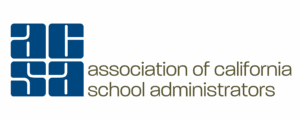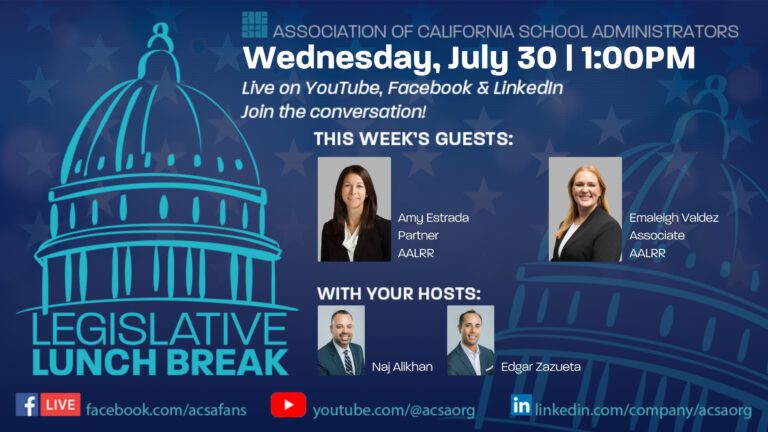When Oakland Unified School District received a $4 million windfall in supplemental and concentration dollars, parents and students knew exactly how they wanted it spent.
They lobbied to have the funds sent directly to school sites, where the public would help decide how to spend it. Not only did they succeed, but they also persuaded the district to provide extra staffing to help build their capacity for engaging in school planning.
The outcome in Oakland serves as an example of what researchers say community engagement should look like for schools and districts. Three years into the Local Control Funding Formula (LCFF), with California parents pushing the state to improve parent participation in school funding priorities, the pressure is on for districts to better engage their communities in developing Local Control and Accountability Plans (LCAPs).
Unfortunately, “many districts and schools are missing the opportunity to shift boldly to a culture that authentically values student and parent voice,” said Angelica K. Jongco, author of a study on LCFF implementation. “Too many districts approach LCAP community engagement as a checkbox, instead of a meaningful exercise in shared decision-making.”
To harness the full potential of LCAP’s community engagement requirements, education leaders need to start asking some critical questions, said Terilyn Finders of Fagen Friedman & Fulfrost LLP, a sponsor of ACSA’s Negotiators’ Planning Retreat. The three-day workshop helps district teams strategically prepare for negotiations in an LCFF environment.
“Are you using the process to drive conversation about what you want for your kids?” she said. “Are you pushing it out beyond the school community and allowing people to comment on it and become owners?”
Even with the best of intentions, many districts fall short. Lack of capacity and know-how can be a stumbling block for many, while others struggle to break from traditional top-down structures. Here are some of the most common engagement pitfalls to avoid:
Not defining a clear goal
When it comes to engaging the community, education leaders often jump straight into tactics: Have a meeting and invite everyone to the gym.
But meaningful engagement doesn’t just happen—school and district leaders need to strategize for it. To do that, you need a clearly stated goal. For example, simply declaring that you want to engage the community isn’t strong enough; a better goal would be to foster an understanding of your vision and develop solutions using community feedback.
“Get clear on what you’re trying to accomplish,” Finders said. “Discuss as a team what meaningful engagement looks like for your district. That will help drive more thoughtful strategies.”
The Negotiators’ Planning Retreat, for example, gives district teams the opportunity to work intensively together to refine their vision into a clear goal and discover strategies to inform their community engagement plan.
Making parents come to you
School and district leaders often struggle to structure spaces that foster meaningful feedback. One of their biggest mistakes is creating separate meetings specifically for LCAP engagement, which are often poorly attended, Finders said.
“I think strategies for figuring out how to go to your stakeholders and engage them on their turf are going to be much more successful,” she said.
“Take the engagement process to existing meetings. If you have a PTA, go to those. If you have a booster club, go to those. Get on the city council agenda. Go to faith-based organizations and ask for time with parents at their events.”
Failing to set the stage
One of the biggest frustrations parents faced in Jongco’s study was that they couldn’t figure out how to effectively participate in the LCAP process. Many districts didn’t release a draft of their plan until just weeks or even days before the final public hearing, leaving scant time for input. Leaders often neglected to provide a clear process for offering feedback.
“Comments on post-it notes raised questions that went unanswered,” she said. “Often parents and students were asked to provide input on multiple actions and services that they were only seeing for the first time at a meeting.”
That’s why it’s critical to set the stage for engagement. To elicit meaningful input, you’ll need to frame the discussion by letting the community know exactly what you need and how they can help you accomplish it.
“Make it clear that you’re looking for their response to your education plan, not calling people together with the open-ended question of, ‘What would you like to see?’ ” Finders said.
Not using community input
Community engagement is only authentic if it actually has an impact on decision-making—like it did in Oakland. Yet many districts merely collect feedback as a token gesture without actually integrating it into the planning process. This frustrates parents and students, who feel unvalued and struggle to understand how their input is incorporated into district plans.
A district’s plan “should be what you and the community decide is going to be the focus of the plans,” said Justine Fischer, president of the California PTA. “That’s when actively engaged parents [have] the buy-in and understanding and everyone’s working together.”
As the California State Board of Education puts it: “Don’t ask stakeholders for input that you don’t have a plan for using.” Instead, carefully consider how to best “solicit the contributions that further the process of planning for performance”—starting with basic questions such as who should be engaged and what should be asked.
Overlooking students and teachers
When defining the “who” in community engagement, be careful not to overlook those within the school community—especially teachers and students, who often feel like they don’t have a voice. Since they’re the ones most directly affected by district plans, they should play a prominent role in the engagement process.
Asking students and teachers “to contribute to the process of planning, implementation, and development engages a critical voice and energy into the process of supporting a culture of performance,” says the California Department of Education.
By avoiding these pitfalls, school and district leaders can invite authentic engagement that results in meaningful partnerships between schools and their community members.



































